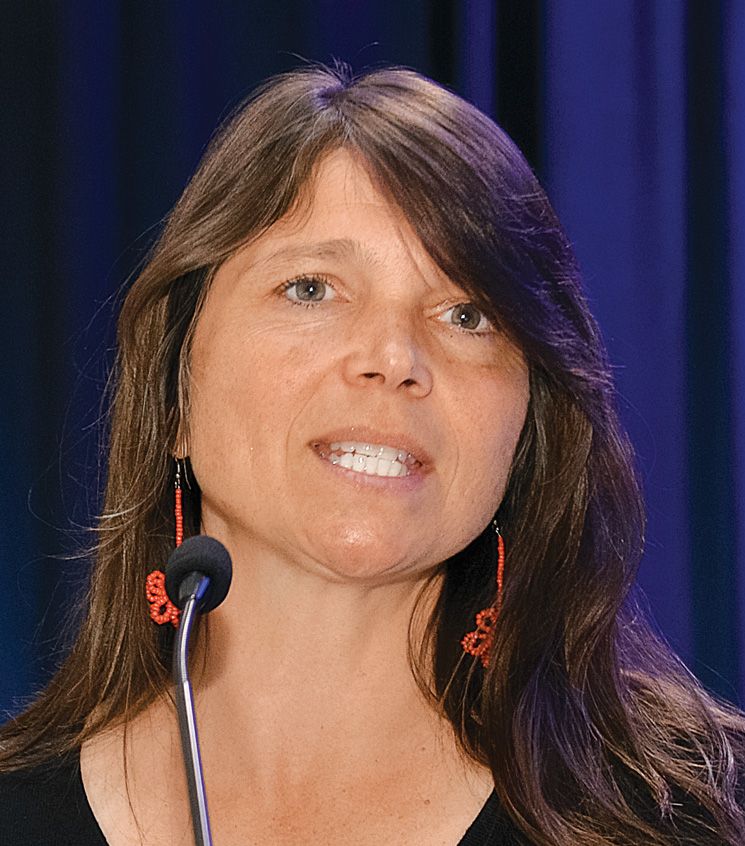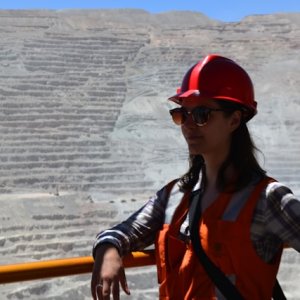Standards Foster Social, Environmental Accountability

STORY INLINE POST
Q: How does IRMA facilitate effective independent third-party auditing?
A: There are only two firms that have IRMA’s approval to conduct mine audits. This approval process is necessary for a mine to hire a firm for an audit. We spent more than a year training these firms so that they are prepared not only in the technical aspects of mining but also in the IRMA standards and systems, which dictate what we expect at mines. When they start the review process, they are accountable to the IRMA system, as well as to the mine that they are reviewing. These firms ensure they are providing a good service and are both accurate and fair in their assessments. We are governed equally by five stakeholder sectors. The mining industry has two seats on the board of directors but so do buyers of mining materials, labor unions, mining communities and nonprofit NGOs. As a result, auditors know that their review has the integrity of all these stakeholders to back them up. Not all third-party auditors do this but IRMA requires the audit to be transparent before it starts, so communities and mine workers can take part independently if they want to be interviewed. The audit report itself is open access and transparent. The company pays for the audit but we have created the criteria and the shortlist that determines who can be hired for the job, making them accountable to us. This is different from a first-party review. The IRMA standard is comprehensive. It puts all factors under one umbrella so that tradeoffs between the environment and human rights can be avoided and the big story can be established.
Q: Why is it important to be governed by five stakeholders and how did the Initiative choose them specifically?
A: It is important because companies will want to claim that their work benefits everyone because they provide materials that industrial sectors use every day. However, to claim that you are operating responsibly regarding social and environmental issues you need to be clearer. The world has become more aware of such claims. To have a multilevel governance approach is to hold those claims and the IRMA program accountable. It helps to understand what each of the five stakeholders represents, as well as the mine itself, especially when they discuss issues related to environmental and social responsibility. It is about integrity at the end of the day, and each stakeholder has the power to block decisions and vote against a proposal. This creates credibility. For instance, Human Rights Watch or Oxfam will know that the work is being held accountable to their international standards. It creates greater trust for the stakeholders, as well as for the mining companies, because they will receive credibility that a simple PR investment cannot provide. There is a great deal of broken trust between the mining sector and communities and this happens for a number of reasons. Mining is an incredibly industrial practice and now is the time to have a more open conversation about it. Living next to a mine is not the same as living next to a bakery. Many resources that we need right now, such as cars, computers and green energy power plants all use goods that come from mining. It is, therefore, time to create an honest rhetoric around mining’s impact and discuss ways to create greater value, reducing the negative impacts while increasing the positive. The market now takes into account responsible business practices in addition innovation on the engineering front. In 2021, a new stakeholder will join IRMA: the finance and investment sector. They have an important stake and leverage regarding what they can incentivize and what they expect.
Q: Why did you offer this approach to mining companies?
A: When IRMA was first conceived 14 years ago, various questions were considered: will we certify companies or mining sites? It was important to NGOs, communities and other interest groups that it focused on sites, so that companies have every mine in order. This specific focus is a benefit but the downside is that a company cannot call itself IRMA-certified. This is because every mine is scored separately on our scoring scale, so that companies have the incentive to improve their scores over time. A company with many mine sites will have various scores and are accountable to every jurisdiction they operate in, in terms of improving their performance. If you see fundamental differences in geographies, you can then determine if they occur because of legal compliance or the surrounding resources. Even though legal compliance is the standard, widely agreed-upon best practices could still help influence mining laws.
Q: How well have stakeholder groups incorporated IRMA standards and is demand for audits growing?
A: There is a tremendous diversity in responses. Mining companies have to do the hardest work, adapting their practices to the increased expectations of affected communities, workers and their customers. There are definitely some that say there are too many demands that are rigorous and difficult. However, there is a scorecard. Like the Carrizal mine that was the first to receive a score, you can obtain a score and improve over time. I would not have thought that a small Mexican lead and zinc mine would be the first to receive a score but they actually did before the large companies. They do not have perfect operations but they show that small companies with legacy projects can also set the standard. Anglo American and ArcelorMittal have committed to audit all of their mines. Seventeen companies are registered in the first step of self-assessment, and this is happening in over a dozen different countries that mine over 15 materials. The uptick is happening, mostly because purchasers in automotive, jewelry, electronics and home goods are looking to practice due diligence and want to know what their sources are doing.
Q: How is IRMA responding to NGOs and their growing focus on the circular economy?
A: NGOs can be critical of mining’s impacts. Many also recognize that some amount more mining is necessary for the green energy transition. Therefore, issues such as durability of goods, greater efficiency, material retrieval, recycling and the circular economy are becoming more important. Every three years, IRMA issues a public review and revises its standards so that we can create greater incentives that pertain to these issues. Some mining companies see themselves as a materials company and are already focusing on retrieval and recycling. We are looking to create value beyond new extraction. The energy transition is driving new mining as well, because it requires cobalt, lithium, copper and iron ore for its massive structures. NGOs such as Sierra Club are issuing their first mining policies to address this pressure for new mining materials, so that the sustainability of renewable energy tools is not undermined by its materials.
Initiative for Responsible Mining Assurance (IRMA) offers independent third-party audits, verification and certification based on a comprehensive standard for mined materials.








 By Alejandro Ehrenberg | Journalist and Industry Analyst -
Thu, 02/04/2021 - 11:00
By Alejandro Ehrenberg | Journalist and Industry Analyst -
Thu, 02/04/2021 - 11:00















